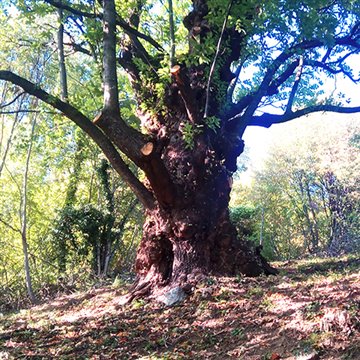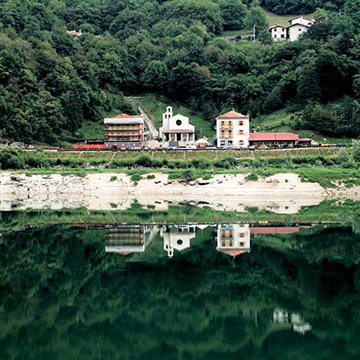 Andrea Maroè
Andrea Maroè
In the Natisone Valleys to discover the huge centuries-old chestnut tree in Canalaz: 10 x 16 metres

09Nov2018




 Andrea Maroè
Andrea Maroè

 Michele Castro
Michele Castro

 Elisabetta Chinellato
Elisabetta Chinellato

 Esmeralda Perosa
Esmeralda Perosa
